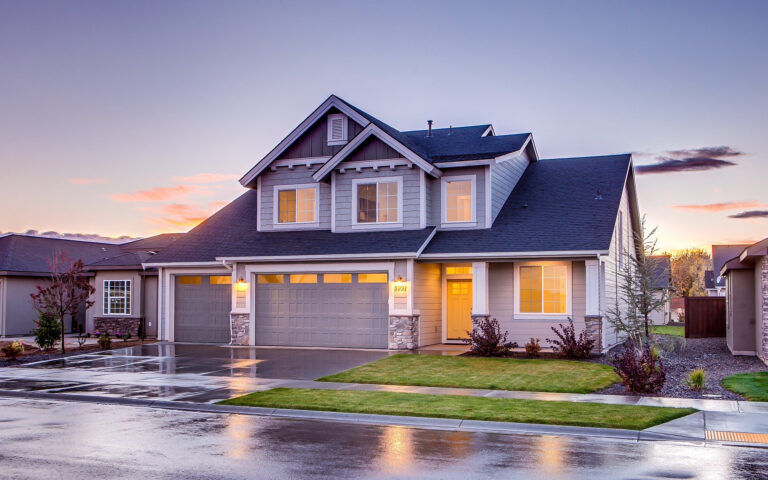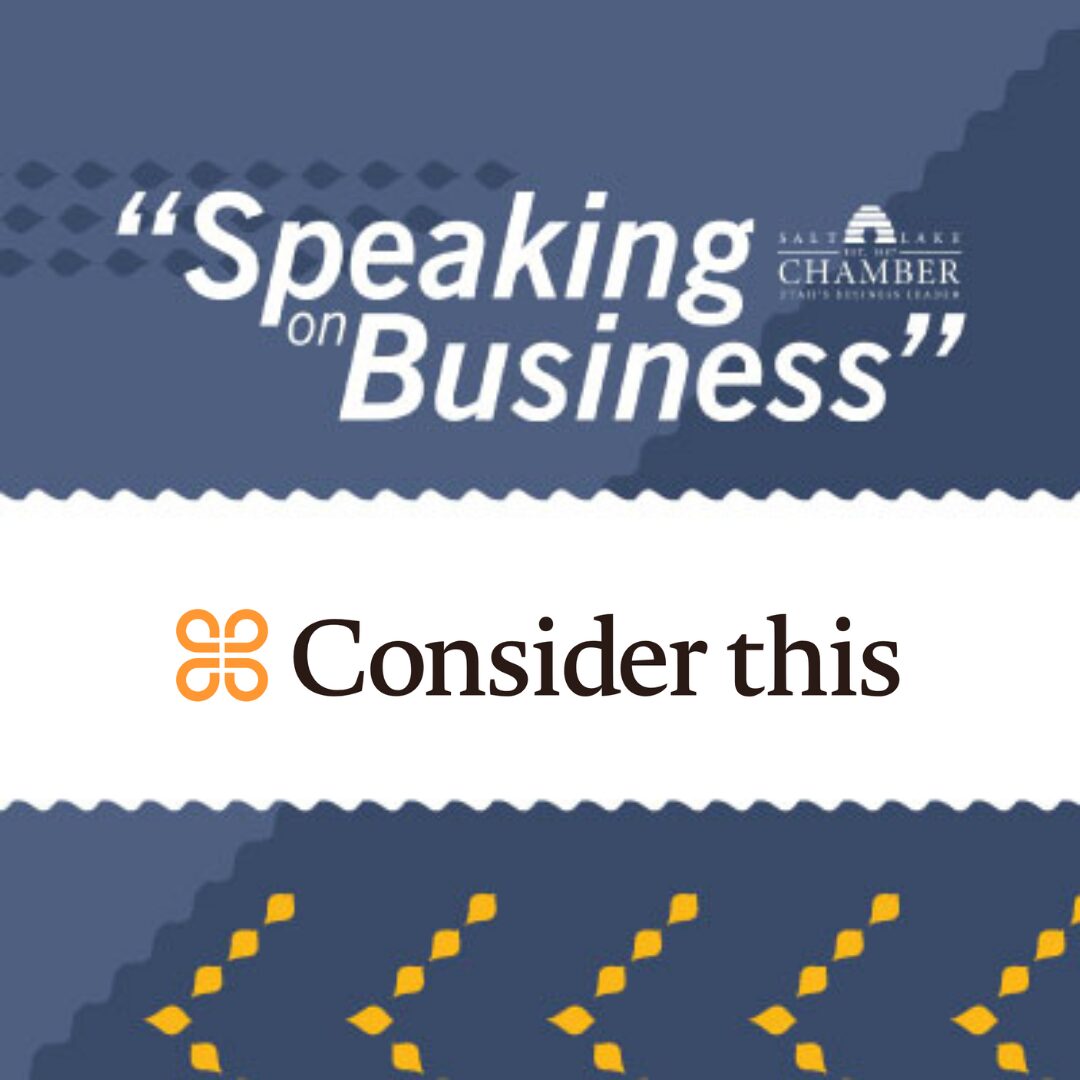There is no one singular solution to Utah’s Housing Crisis. Rather, the Kem C. Gardner Policy Institute has identified five “best practices” for meeting the housing affordability challenge in Utah. This article will describe how preservation is a long-standing practice in the housing policy toolkit that has positive, quantifiable outcomes and minimal local opposition.
While Utah’s housing market will certainly not improve without the addition of more affordable housing, an important part of closing the housing gap is preserving affordable housing options that already exist. Luckily, the benefits of housing preservation make it an easy decision: it preserves affordability, protects taxpayer investments, and counters rapidly rising housing costs in our state’s hot market.
Affordable housing preservation programs are programs that target privately owned rental properties and subsidize them to keep costs low. Those properties are then required to remain affordable for a specified period of time, depending on the program. However, once the time requirement has expired, the property has three options: renew the original subsidy and keep the housing affordable, secure a different subsidy that also maintains the property’s affordability, or opt out of the program altogether.
When a property owner opts out of the program, the housing market suffers a loss of affordable units. Unfortunately, high-rent markets provide owners of subsidized rental properties a strong incentive to opt out when their subsidy expires, and Utah is currently experiencing a very high-rent market. In order to retain existing affordable housing, we must collaborate with owners of affordable housing projects, non-profits and for-profit developers, Housing and Urban Development, and Utah Housing Corporation to incentivize the preservation of this affordable housing.
Utah has already seen huge success with housing preservations programs. For example, NeighborWorks Salt Lake has preserved and rehabilitated dozens of homes through acquisition and rehab financing in the Guadalupe neighborhood, along with home improvement loans, and home improvement grants. The program has also revitalized, through similar innovative funding, neighborhoods on the west side of Murray.
Best of all, NeighborWorks is only one of 18 public housing authorities in the state, but each one serves the same purposes: to preserve affordable housing, counter the rapidly rising market prices, and access well-established funding. By supporting housing preservation, we can ensure that every family in Utah has a safe home in our great state.
As businesses, you can play a role. We will be sharing videos from trusted community partners that we encourage you to share widely — along with articles and blog posts with vital information on the housing crisis each Utahn now faces. Together, we will work to close the gap and ensure that we — and our children and grandchildren — can continue to access safe and affordable housing in our great state.
*If you would like to share your story of how the housing crisis is affecting your business, please reach out to Ginger Chinn, Vice President of Public Policy at gchinn@slchamber.com.


